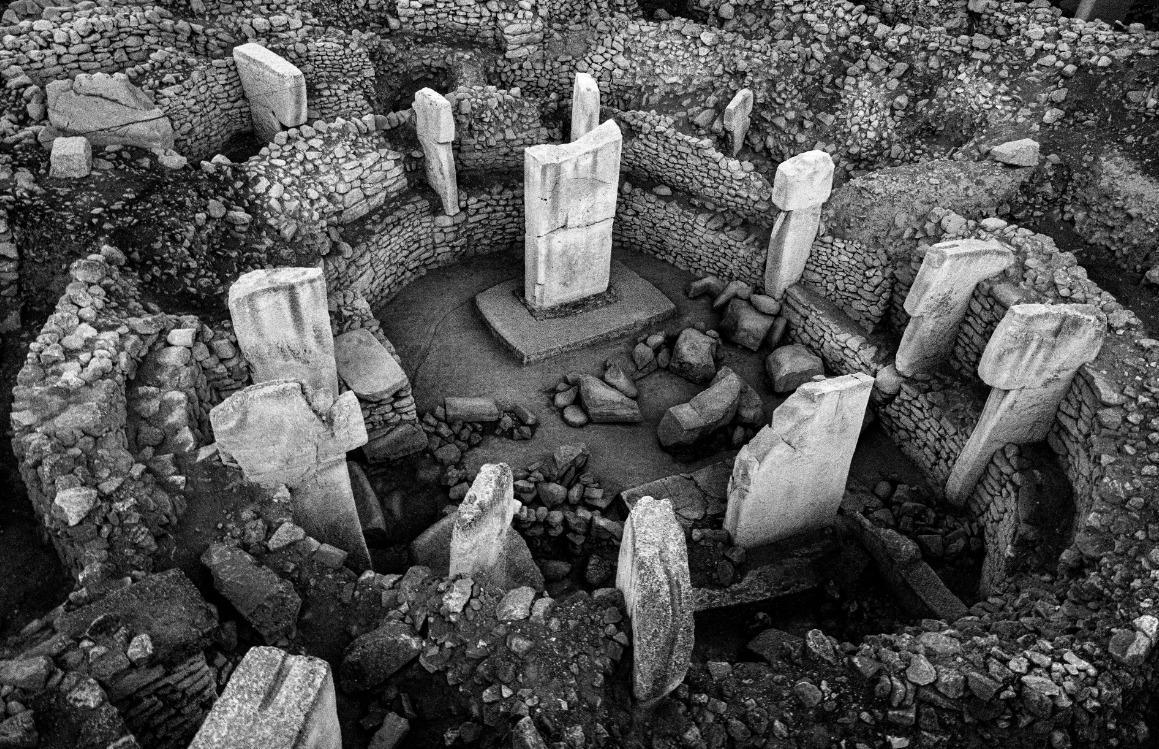Exhibition invites to explore geography of human history
ISTANBUL

Pera Museum is hosting the exhibition “A New Story” by Isabel Muñoz, an artist who explores the nature, aesthetics and lifestyles of different cultures and reflects them through her photographs.
The artist focuses on Göbeklitepe this time, one of Türkiye’s most important archaeological sites, and the Stone Hills in the region.
The Spanish artist has been named among one of the 12 best living contemporary photographers by the Prado Museum and has featured her works in major exhibitions, such as the Venice Biennale and the New York International Center of Photography.
The exhibition offers an opportunity to explore Göbeklitepe, which is considered the oldest cult site in the world and has been on the UNESCO World Heritage List since 2018, as well as Karahantepe and Sayburç from Muñoz’s perspective.
Curated by François Cheval, who is the director of the Mougins Center of Photography and has carried out numerous international projects in the field of photography, the exhibition will be on display at Pera Museum through Sept. 17.
Muñoz, known for her monochromatic portraits depicting people and cultures from different geographies, first met art enthusiasts in Türkiye in 1992 with an exhibition in Istanbul. The artist, who often visits Türkiye and has worked on subjects such as whirling dervishes, olive oil workers, oil wrestling and Sulukule Roma Community, this time, pursues questions related to mystery, origins, and infinity in and around Göbeklitepe, which she is very impressed by.
Noting that it was the first time she had the opportunity to work with archaeologists from Türkiye, Muñoz says: “As a photographer, I have a natural curiosity and a desire to explore new things, and even before I had a camera, I was seeking to understand how people in the past lived and felt. In Spain, we have a rich tradition of Paleolithic art, but in Göbeklitepe, I found a spiritual element that spoke to me.”
In the photographs featured in the exhibition set in one of the most mystical areas in the world, Muñoz “does not merely settle for recording the unknown, the delusional images that oscillate between mystery and artwork, the staggering ruins and monumental megaliths, she simply bows before these majestic scenes,” as curator Cheval puts it.
Göbeklitepe, Karahantepe living entities
Muñoz says that the archaeological work she did for this exhibition focusing on Göbeklitepe and its surroundings was a new experience for her.
Passionate about archaeology and architecture, the artist describes this experience in one of her interviews: “When I visited Türkiye, I was struck by the beauty of your cemeteries, particularly the Ottoman cemeteries, which are incredibly poetic. Although the physical figures are not present, the human element is still there. When I see the beautiful Ottoman stones and read the poems on them, I can imagine physically the women they represent. Similarly, when I photographed Göbeklitepe, I tried to immerse myself in the ancient culture and understand it in my own way. I was inspired by the knowledge of stars that they possessed and made use of their understanding of light to create my images.”
“When I photographed Göbeklitepe and Karahantepe, I saw them as living entities. The anthropomorphic animal figures with human figures underneath added to this sense of life. To me, the stones themselves felt alive.”
“Isabel Muñoz: A New Story - Photographs From and Around Göbeklitepe” will be open through Sept. 17.
















